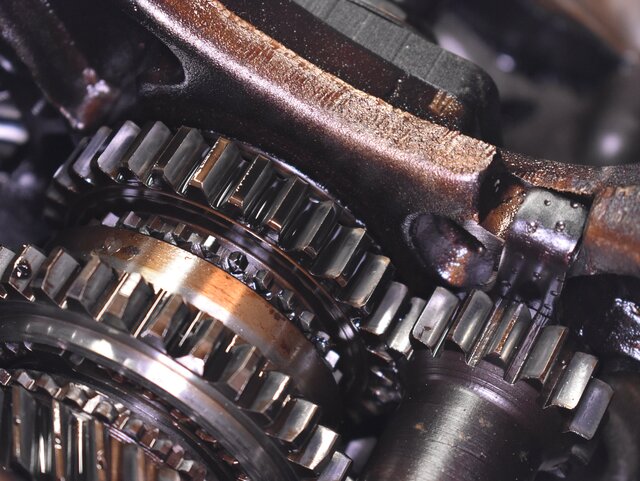Unlocking Nanoscale Wear in Extreme Tribology Applications

The world of extreme tribology, a field dedicated to understanding the behaviour of materials under severe conditions, has unveiled a compelling connection between nanoscale phenomena and the macroscopic challenges faced by industries such as aerospace, automotive, and energy.
Researchers and engineers are now delving deeper into nanoscale wear, recognising its pivotal role in shaping material performance, durability, and frictional behaviour in the most demanding environments.
Extreme tribology operates at the crossroads of high temperatures, intense pressures, and rapid sliding speeds, investigating how materials withstand and adapt to these stressors. Yet, what makes this field particularly fascinating is its nanoscale dimension.
Seemingly minor surface features and asperities take on an outsized importance, influencing wear rates and friction in ways that defy conventional expectations. At the nanoscale, contact points between surfaces experience highly localised stresses and strain concentrations, which can accelerate wear processes.
The phenomenon of nanoscale asperities, acting as micro-abrasive agents, further complicates this dynamic by generating wear particles and contributing to material degradation.
Understanding the scale effect is crucial to this research. As the scale decreases, researchers observe not only increased wear rates but also unique frictional behaviours influenced by adhesive forces and surface roughness.
These forces, combined with concentrated thermal effects at microscopic contact points, create a challenging but fascinating landscape for scientists to explore.
At the heart of this exploration lies a range of sophisticated models and simulations designed to unravel the complexities of nanoscale wear. Molecular dynamics simulations provide a window into atomic-scale interactions, offering invaluable insights into material deformation and surface interactions.
Coarse-grained and continuum-based models bridge the gap between microscopic and macroscopic analyses, allowing researchers to extend their findings across scales.
Advancements in multiscale modelling techniques are opening up new possibilities for predicting wear behaviour and designing wear-resistant materials.
Key to this is the application of state-of-the-art microscopy techniques such as Atomic Force Microscopy (AFM) and Friction Force Microscopy (FFM).
These tools allow researchers to study wear phenomena at an unprecedented level of detail, revealing the intricate mechanisms that govern material interactions at the nanoscale.
As industries push the boundaries of performance and efficiency, the ability to control and mitigate nanoscale wear will play a decisive role in determining success. Understanding the intricacies of friction and wear at this level, engineers can develop next-generation materials and lubrication strategies tailored to withstand the rigours of extreme conditions.
Through a combination of experimental ingenuity, computational power, and interdisciplinary collaboration, the field of extreme tribology continues to push the frontiers of knowledge, laying the groundwork for breakthroughs that could transform entire industries.
Failure analysis services
Physical damage to machinery, whether caused by incorrect design or installation, improper use or friction and wear - has an enormous financial impact on businesses of all types. In fact, friction and surface wear degradation are the cause of over 70% of the ‘loss of usefulness’ of machinery, according to studies.
If you’re dealing with machinery failures in your business, Neale Consulting Engineers can conduct a thorough failure analysis and determine the root cause, allowing you to prevent future failures.
Contact Neale Consulting Engineers today
- Date
- 27/05/2025





